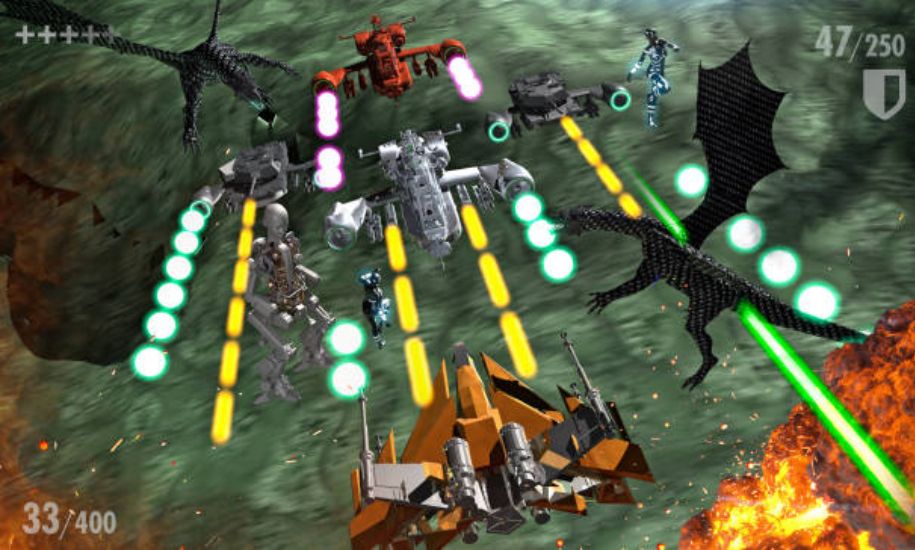The term A-F Game may evoke curiosity, sparking questions about its nature and purpose. Is it a physical activity? A mental challenge? Or perhaps a metaphorical construct? Despite its seemingly simple name, the A-F Game offers a unique perspective that blends fun, learning, and strategic thinking. This article delves deep into the A-F Game, unraveling its significance, potential applications, and ways it can enhance both entertainment and cognitive development.
What is the A-F Game?
The A-F Game is a conceptually versatile term. While its definition may vary depending on context, it often refers to an engaging activity that emphasizes structured progress, strategic decision-making, and an alphabetic or graded framework.
Core Elements of the A-F Game
- Alphabetical Order: The game incorporates the letters A to F, often symbolizing levels, stages, or categories.
- Grading Framework: Similar to academic grading systems, A-F might reflect performance, with “A” symbolizing excellence and “F” denoting failure.
- Interactive Gameplay: The A-F Game frequently involves active participation, where players navigate through these stages or levels by accomplishing tasks, solving puzzles, or strategizing their moves.
Origins and Variations of the A-F Game
While the precise origins of the A-F Game remain elusive, its thematic elements have appeared across different domains:
1. Educational Applications
Many schools and educators use Gamified approaches to teach students concepts ranging from mathematics to language. The A-F Game might involve matching letters to corresponding words, phrases, or concepts, helping students enhance their memory and critical thinking skills.
2. Grading-Based Gameplay
The game’s structure aligns closely with grading rubrics. For instance, players might start at grade “F” and work their way up to “A” through a series of tasks. This progression fosters a sense of achievement and challenges participants to improve continuously.
3. Interactive Fun
The A-F Game also thrives as a recreational activity where participants assign creative meanings to letters. For example, “A” could signify “Awesome,” and “F” could mean “Funny” or “Fail,” leading to humorous interpretations and lighthearted competition.
How to Play the A-F Game
The simplicity of the A-F Game makes it adaptable for various groups, from children to adults. Below are some popular formats:
1. Alphabet Challenge
- Players select a category, such as animals, countries, or professions.
- Each participant takes turns naming items corresponding to the letters A through F.
- Failure to name an item within a set time results in elimination.
2. Grading Tasks
- Participants perform activities, such as drawing, storytelling, or trivia.
- Judges or peers grade their performance from A to F.
- Players with the highest grades advance to the next round.
3. Puzzle and Strategy Games
- Players solve puzzles or complete challenges linked to each letter.
- For instance, “A” might involve an arithmetic puzzle, while “F” could focus on fun riddles.
- Progression is key, encouraging players to think critically.
Benefits of the A-F Game
The A-F Game is more than just entertainment; it fosters growth in various areas:
1. Cognitive Development
Engaging with alphabetical challenges improves memory, problem-solving, and logical reasoning skills. Players must think creatively to navigate the game’s structure.
2. Social Interaction
As a group activity, the A-F Game promotes collaboration and communication. Participants learn teamwork, negotiation, and friendly competition.
3. Motivational Framework
The grading structure inspires players to strive for improvement. Reaching “A” provides a tangible sense of accomplishment, making the game both rewarding and motivational.
Popular Uses of the A-F Game
The adaptability of the A-F Game allows it to fit seamlessly into various scenarios:
1. Classrooms
Teachers use the A-F Game to make lessons interactive and engaging. By associating each letter with specific topics, educators create a fun yet educational environment.
2. Corporate Training
Businesses incorporate the game in workshops to develop employee skills, foster creativity, and encourage team-building.
3. Family Gatherings
The game is an excellent choice for family game nights. Its simplicity ensures everyone, regardless of age, can participate and enjoy.
4. Digital Platforms
Mobile apps and online games have adapted the A-F Game concept, introducing players to virtual challenges and global leaderboards.
Variants and Modern Twists
The A-F Game continues to evolve, with new adaptations emerging in response to changing preferences:
1. Virtual A-F Games
With the rise of digital gaming, the A-F Game now features augmented reality (AR) and virtual reality (VR) experiences. These formats add immersive elements, enhancing the overall experience.
2. Thematic Adaptations
Themes such as adventure, mystery, or science fiction add narrative depth to the game, making it more captivating.
3. Customizable Rules
Players often tweak the rules to suit specific contexts, ensuring the game remains fresh and relevant.
Challenges and Limitations
Despite its advantages, the A-F Game is not without challenges:
- Over-Simplicity: For advanced players, the straightforward nature of the game may lack complexity.
- Misinterpretation: Without clear guidelines, participants might struggle to understand the rules.
- Cultural Variations: The grading framework may not resonate universally, requiring localization for global audiences.
Why the A-F Game Stands Out
The A-F Game’s appeal lies in its adaptability and inclusivity. It transcends boundaries, bridging gaps between education and entertainment, and fostering a shared sense of achievement among players. The simplicity of its structure, combined with endless possibilities for customization, ensures its relevance across generations.
Final Thoughts on the A-F Game
Whether you’re looking for a tool to teach, an activity to bond over, or a platform to showcase your strategic thinking, the A-F Game has something for everyone. Its blend of fun, education, and creativity makes it a timeless choice for diverse settings.
If you’re intrigued by the idea of the A-F Game, try it out at your next gathering or brainstorming session. Remember, the journey from “F” to “A” is not just a game—it’s a metaphor for growth, learning, and self-improvement. For more intriguing articles and ideas, visit Scroll Blogs.





